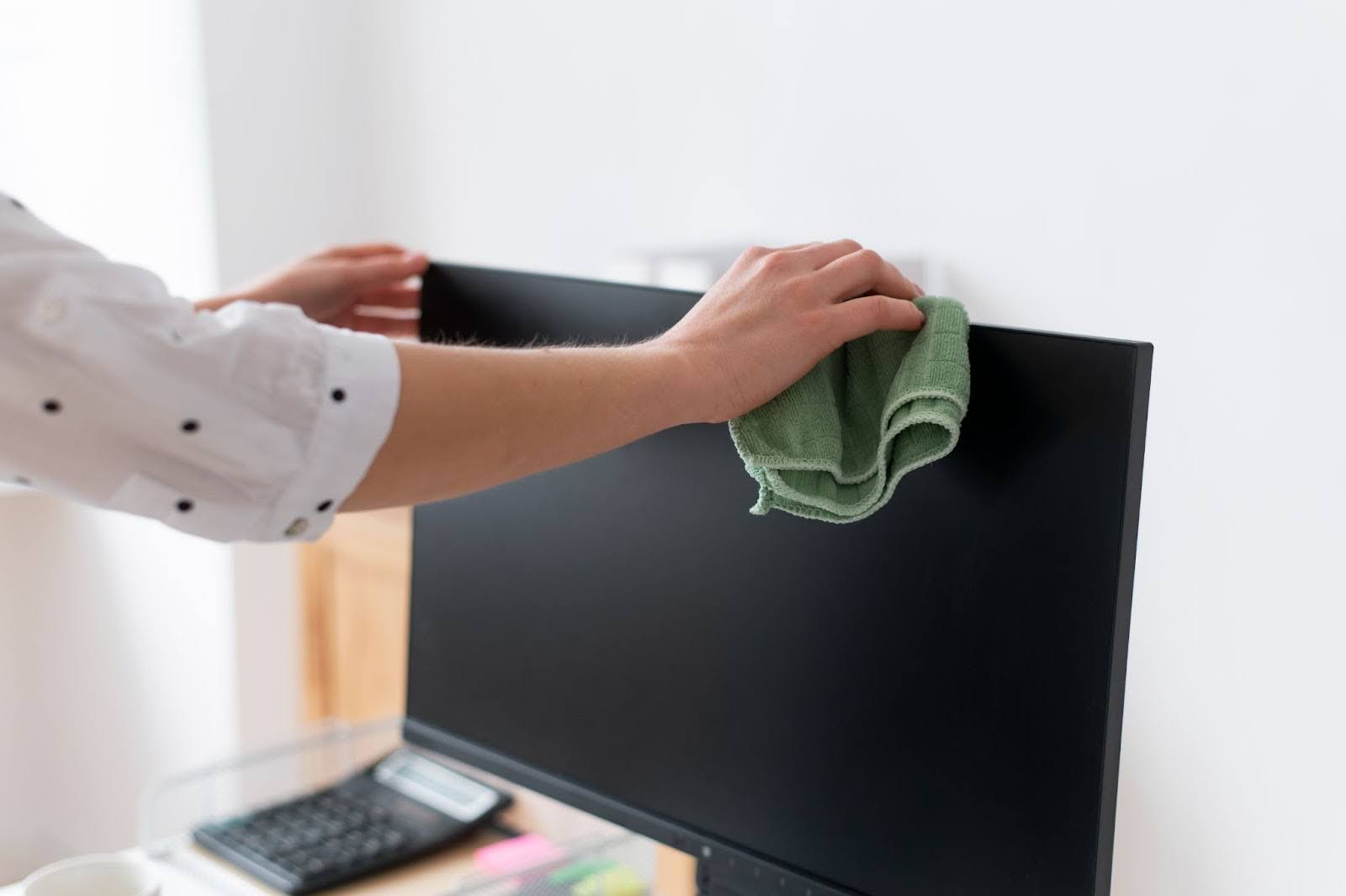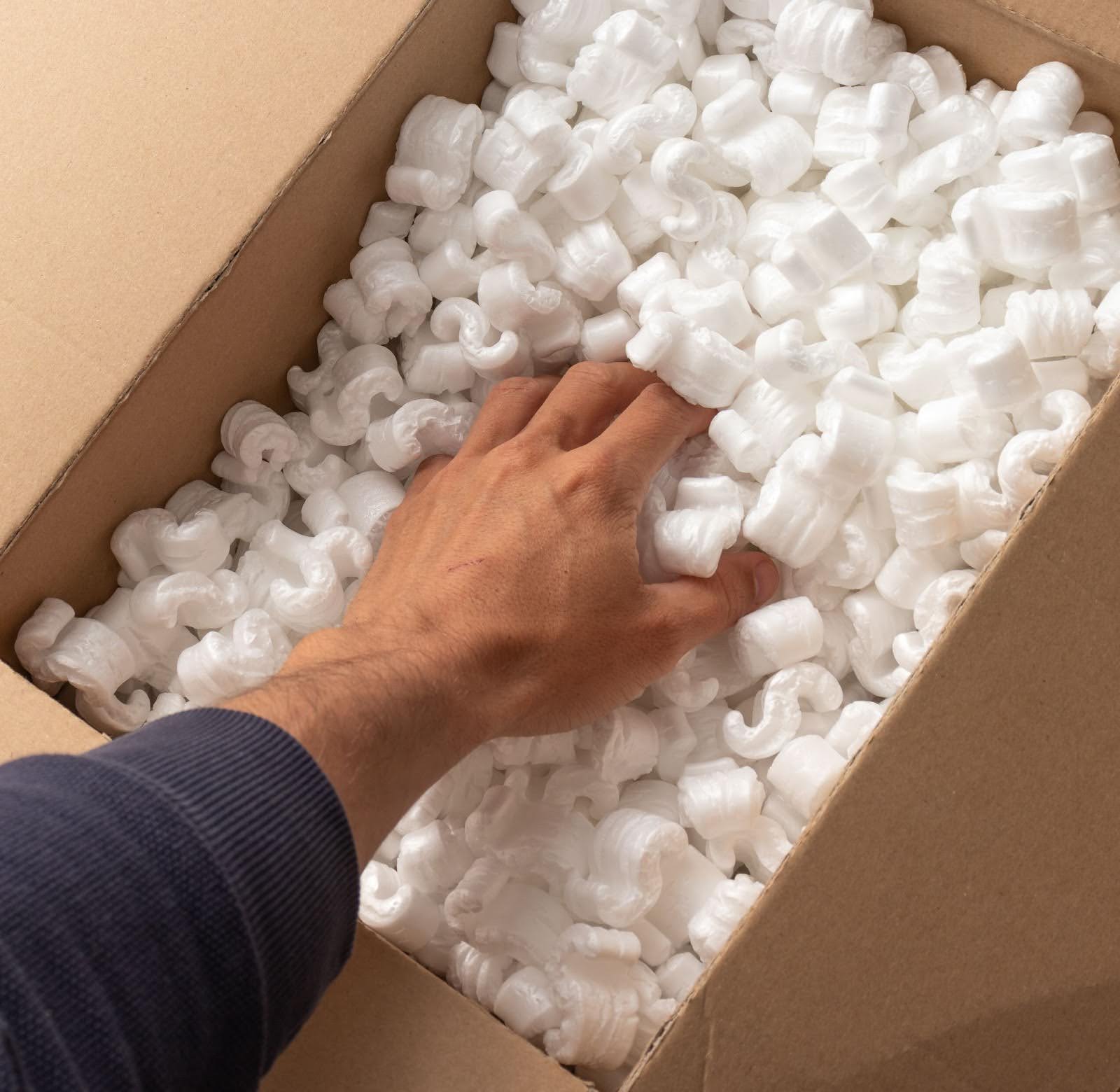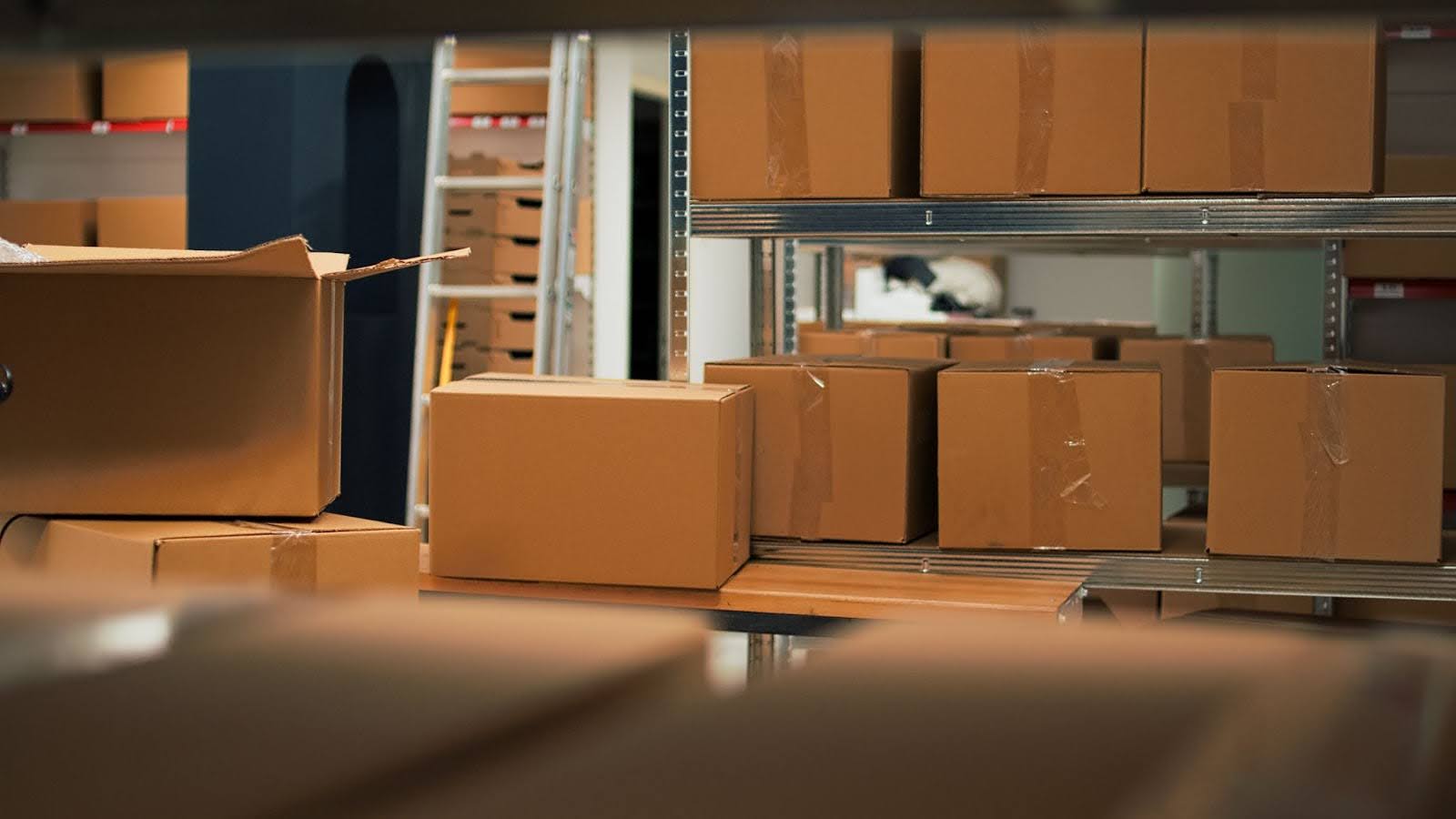You don’t realise how much your life depends on your gadgets, until you have to move them. One careless drop and your thousand-dollar smart TV or high-end gaming setup could be gone for good.
Beyond bubble wrap and boxes, packing your electronics is also about protecting your investment, preventing data loss, and saving yourself from the stress of last-minute tech disasters.
Whether you’re moving into a new home or relocating your business, knowing how to pack your electronics properly is a must. And if you’re moving in Singapore, with its humid climate and fast-paced lifestyle, extra care makes all the difference.

1. Don’t Let Dust, Heat or Humidity Destroy Your Devices
Singapore’s tropical weather isn’t kind to electronics. Humidity can seep into components and cause rust or short circuits.
Dust buildup during transit can clog fans or ports. That’s why cleaning your electronics before packing is essential.
Use a dry microfibre cloth to wipe down screens, keyboards, vents, and external surfaces. For hard-to-reach areas like inside a CPU or under laptop keys, use compressed air.
The goal is to make sure no debris ends up trapped during the move, especially if your items will be stored for a while.
If you’re packing electronics like printers or copiers, remove any ink cartridges or toners. These can leak when exposed to heat or pressure changes.
Batteries, especially lithium ones, should be removed too. This is because they’re sensitive to temperature shifts and might pose a fire risk.
Read more: Understanding House Moving Process : What You Need To Know
2. Save Your Data Before You Risk It All
Accidents happen, even with the best packing. That’s why backing up your data should be the very first thing on your checklist.
Before unplugging anything, back up important files to an external hard drive or cloud service. If you’re moving office electronics, make sure company files are properly secured.
For home users, don’t forget about family photos, videos, or documents stored on personal devices.
Labelling cables and devices at this stage can also save hours of frustration later. Use masking tape or cable tags to label each plug, port, and wire. That way, you’ll know exactly where everything goes when it’s time to reconnect.
Read more: 5 Key Factors That Can Affect Your House Moving Service Cost

3. Wrap It Right or Risk a Cracked Screen
Using the wrong materials for packing electronics can end in disaster. Avoid newspapers as it can scratch screens and leave ink stains.
Instead, go for anti-static bubble wrap or foam. Electronics are sensitive to static electricity, so anti-static materials are your best friend.
Wrap each electronic item on its own for better protection. For screens, like those on TVs or monitors, place a layer of soft fabric or cardboard over them before wrapping to avoid scratches or cracks. Keep the wrap secure using tape, making sure the adhesive stays off your device’s surface.
Place wrapped electronics in sturdy, double-walled boxes. Use packing peanuts or scrunched-up kraft paper to fill any gaps – this prevents your devices from shifting in transit. Always pack heavier items at the bottom and lighter gadgets at the top.
That sounds like a lot, we get it. Packing can be exhausting. So, why not let us handle all the packing hassle? With all the packing materials provided, you won’t need to worry about whether your boxes or bubble wrap are enough.
We offer both full and partial packing services, so if you only want help with the bulkier or less important items, we’ve got you covered. Send us a message through WhatsApp or call us at +65 6339 0039 / +65 6566 8212 to customise your packing service. Whenever you’re ready, our movers are too.
4. Don’t Throw Away the Original Box Just Yet
If you’ve kept the original boxes for your electronics, now’s the time to put them to use.
Those boxes were designed specifically to protect your device during shipping. They’ve got custom moulds, padding, and built-in reinforcement.
Laptops, consoles, desktop monitors, and even routers travel best in their original boxes. If you didn’t keep them, try to mimic their protective design using foam inserts, corner protectors, and snug-fitting cardboard dividers.
Read more: Fridge Moving Tips – How to Prepare Your Fridge For Your Move
5. Movers Break Things When They Don’t Know What They’re Moving
Communication matters. When hiring a moving company, let them know upfront that you’re packing electronics and delicate gadgets. Movers can’t handle what they don’t understand.
Place “Fragile” and “This Side Up” labels on every box containing electronics. If possible, let them know which boxes contain sensitive equipment so they can load them last and unload them first. This reduces the risk of damage from stacking or dropping.
Are you worried that your expensive electronics might get damaged during your move? We’ve helped countless homeowners and businesses in Singapore move their electronics safely and stress-free.
With Soon Seng Transport & Movers, you get experienced handlers who know how to treat your gadgets right. Get in touch today to find out how we can make your move a little less nerve-wracking.
Read more: Expert Tips on Packing Fragile Items For Moving
6. Smart Packing Starts With Smart Planning
Rushing the night before the move is one of the fastest ways to damage your tech. Start packing your electronics early. Ideally a week before the move. This gives you time to clean, back up, and label everything properly.
Make sure your electronics have had time to cool down before you pack them. Packing warm devices can trap heat and increase the risk of internal damage.
Create an inventory list. Jot down the name of each device, its model number, serial number, and any accessories.
Take a few photos too. This helps you track items and also serves as proof of condition if anything goes wrong.
Read more: The Impact of Temperature and Humidity on Electronics
7. Know What Should Travel With You, Not the Movers
Some electronics should go with you in the car, not in the moving truck. Think laptops, tablets, external hard drives, and any gadgets containing sensitive personal or work-related data.
These items are not only valuable but also vulnerable to theft or damage.
Also, avoid putting anything with rechargeable batteries in long-haul trucks or storage for extended periods, especially in Singapore’s heat. Bring these with you instead.

8. Keep Setup Easy With This One Trick
Take a photo of how your devices are connected before you unplug them. It’s one of the simplest ways to save time during unpacking. Snap a shot of the back of your TV, Wi-Fi router setup, sound system – whatever you’ve got.
Later, when you’re reconnecting everything in your new place, those photos will act as a visual guide. No second guessing where each HDMI cable goes.
Make Your Next Move Less Stressful
Moving with electronics doesn’t have to be stressful. Not when you’ve got a clear plan, the right materials, and experienced hands to help.
From backing up your data to wrapping your devices right, each step helps protect your investment and your peace of mind.
Need a moving company in Singapore that actually understands how to handle electronics? We at Soon Seng Transport & Movers have decades of experience moving tech safely and efficiently.
Whether you’re moving house or shifting your workspace, we’re here to help make the process easier. Let us take care of the heavy lifting, literally and figuratively.





